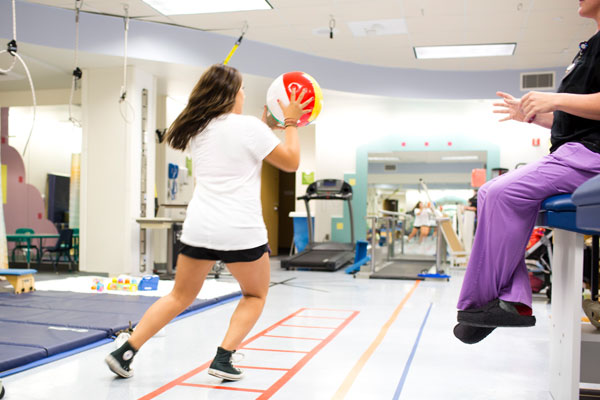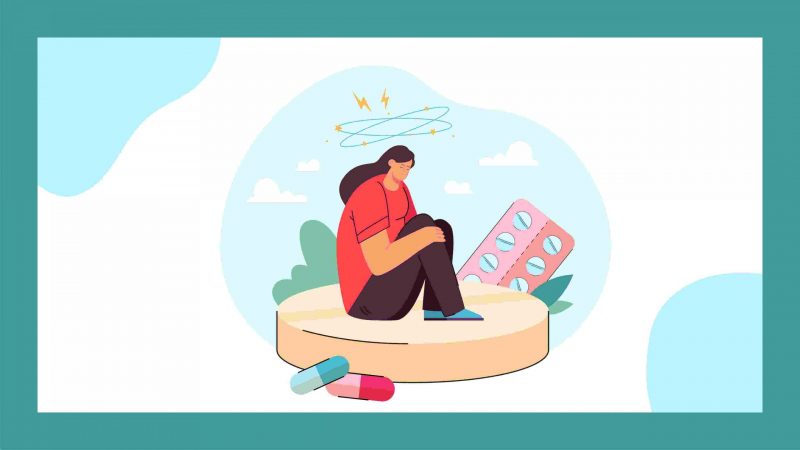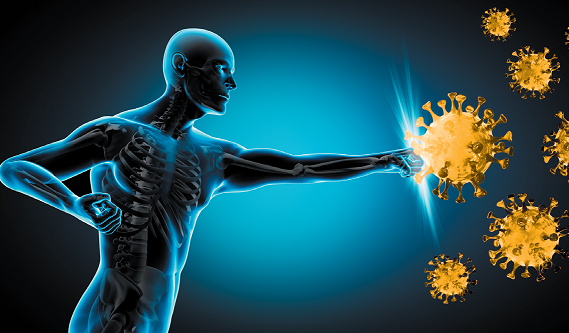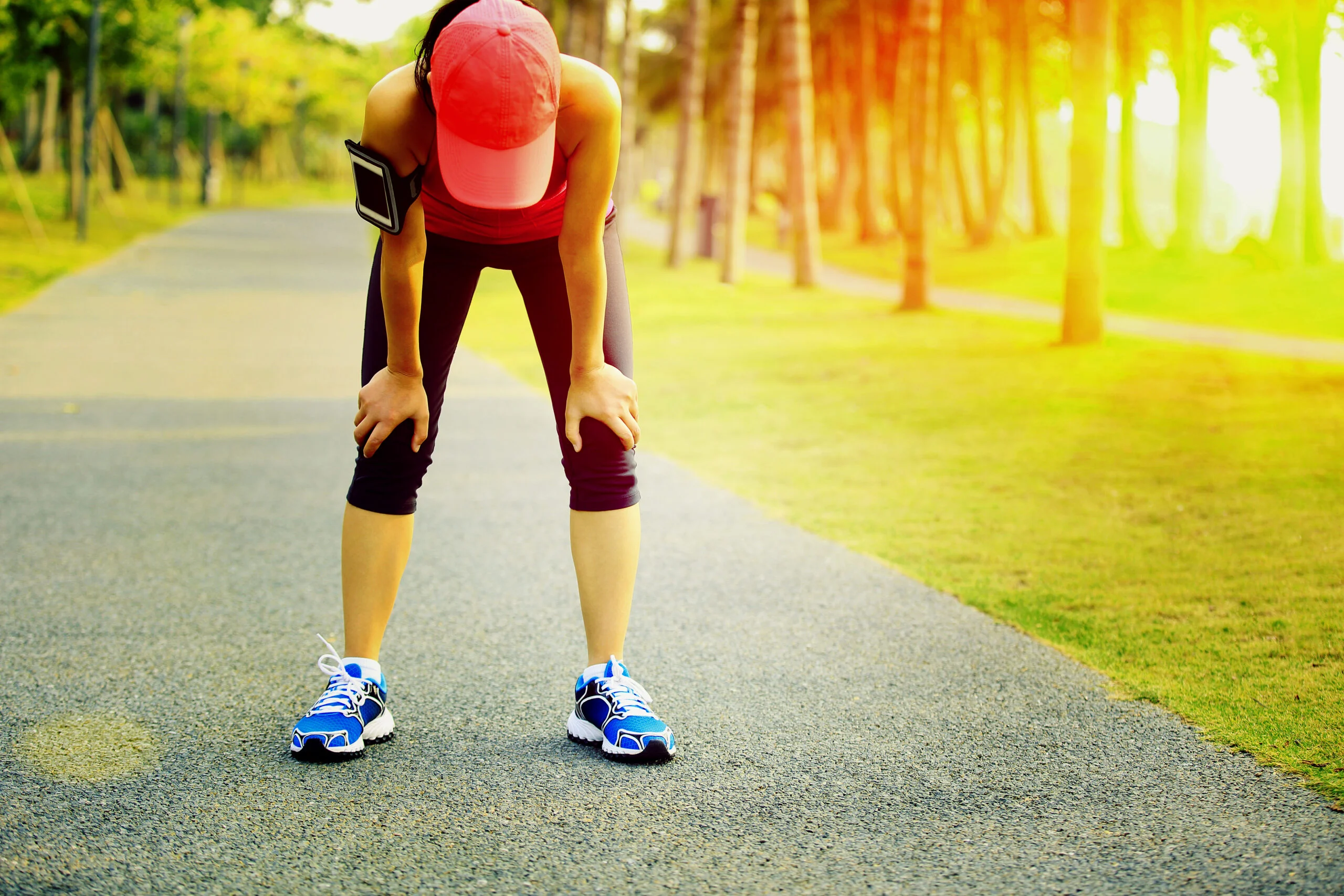Delve into the world of concussions, from the moment of impact to the road to recovery. Learn how exercise can play a pivotal role in healing and discover the dos and don’ts for a safe and effective recovery.
When it comes to concussions, the road to recovery is a journey filled with challenges and uncertainties. In this comprehensive guide, we’ll unravel the mysteries of concussions and explore how exercise can be a vital part of the healing process.

Concussions: The Silent Injury
We’ve all heard the saying, “It’s all fun and games until someone gets hurt.” But what about when someone does get hurt, and it’s not immediately obvious? That’s the case with concussions, often referred to as the silent injury. They’re the result of a blow to the head, a jolt, or a whiplash effect that causes the brain to move within the skull. While they might not be as apparent as a broken bone or a cut, concussions can have significant and lasting impacts.
What Happens During a Concussion?
A concussion occurs when the brain sustains an injury. When the head experiences a sudden impact, the brain can hit the inside of the skull, causing damage to delicate tissues and neural connections. This can lead to a range of symptoms, including headaches, dizziness, nausea, and even cognitive impairment.
From Impact to Diagnosis: Recognizing Concussions
Concussions often go unnoticed or misdiagnosed, which can hinder the recovery process. It’s crucial to recognize the signs and symptoms to seek timely medical attention.
Signs and Symptoms of a Concussion
- Headache: Persistent or worsening headache following a head injury.
- Confusion: Feeling disoriented, forgetful, or mentally foggy.
- Nausea or Vomiting: Sensation of queasiness or actual vomiting.
- Sensitivity to Light or Noise: Heightened sensitivity to light and sound.
- Balance Issues: Dizziness, stumbling, or difficulty maintaining balance.
- Memory Problems: Difficulty recalling events before or after the injury.
- Mood Changes: Irritability, mood swings, or changes in personality.
- Loss of Consciousness: Brief or prolonged loss of consciousness.
Diagnosis and Seeking Medical Help
If you suspect a concussion, don’t take it lightly. Seek immediate medical attention. A healthcare professional will assess your condition, often using neuroimaging techniques like CT scans or MRIs. Diagnosis and prompt intervention are crucial for managing concussions effectively.
Concussion Recovery: The Role of Rest and Activity
Recovery from a concussion is a delicate process that requires a balance of rest and activity. It’s not about confining yourself to a dark room for weeks on end; rather, it’s a gradual journey back to normalcy.
The Importance of Rest
Rest is the cornerstone of concussion recovery. It allows your brain to heal without additional stress. During the initial days following a concussion, you should:
- Limit Mental and Physical Activity: Reduce activities that require intense concentration or physical exertion.
- Ensure Quality Sleep: Restful sleep is essential for healing.
- Minimize Screen Time: Limit exposure to screens, including smartphones and computers.
The Gradual Return to Activity
While rest is vital, complete inactivity isn’t the answer. In fact, too much rest can lead to physical deconditioning and worsen certain symptoms. That’s where a gradual return to activity comes in. Here’s a structured approach to re-introducing activity:
- Stage 1: Complete Rest (24-48 hours): Immediately after the concussion, focus on rest.
- Stage 2: Light Activities (24-48 hours): If symptoms improve, engage in light activities like walking or stationary cycling.
- Stage 3: Moderate Exercise (if approved by a healthcare provider): When your symptoms have subsided further, you can incorporate more moderate exercise, but always under medical supervision.
- Stage 4: Return to Sports or High-Intensity Activities: This phase comes last, with a full return to sports or high-intensity exercise after medical clearance.
Listen to Your Body
The key to a successful recovery is listening to your body. If any activity triggers or worsens your symptoms, stop immediately and consult your healthcare provider. The goal is to progress, but not at the expense of your well-being.
Exercise and Concussion Recovery: What You Need to Know
Exercise can be an integral part of your concussion recovery journey. It’s not about pushing through pain; it’s about using carefully planned activities to aid healing.
The Benefits of Exercise
Exercise offers a range of benefits during concussion recovery:
- Improved Blood Flow: Exercise can increase blood flow to the brain, potentially aiding in the healing process.
- Mood Enhancement: Physical activity can boost mood, helping combat feelings of depression or anxiety that may accompany concussions.
- Cognitive Function: Some research suggests that exercise may help improve cognitive function after a concussion.
- Strength and Conditioning: Building physical strength and endurance can assist in overall well-being.
Types of Exercise for Concussion Recovery
The key to exercise during concussion recovery is moderation. Here are some types of exercise to consider:
- Light Aerobic Activity: Walking, stationary cycling, and gentle swimming.
- Balance and Coordination Exercises: These can help with the dizziness and balance issues that often accompany concussions.
- Strengthening Exercises: Gradual strength-building activities for muscle and joint stability.
- Mind-Body Activities: Mindfulness, yoga, and tai chi can aid in cognitive and emotional recovery.
Consult a Healthcare Provider
Before engaging in any exercise during concussion recovery, consult your healthcare provider. They can provide guidance and monitor your progress to ensure it’s safe and effective.
The Dos and Don’ts of Exercising with a Concussion
Understanding the dos and don’ts of exercising with a concussion is critical for a safe and effective recovery.
The Dos
- Do Consult Your Healthcare Provider: Always seek medical advice before beginning any exercise regimen.
- Do Start Slowly: Begin with light activities and gradually progress as you feel comfortable.
- Do Pay Attention to Symptoms: If you experience increased symptoms like headache, dizziness, or nausea during or after exercise, stop immediately.
- Do Stay Hydrated: Proper hydration is essential for your overall well-being.
- Do Prioritize Rest: Rest remains a crucial aspect of your recovery, so don’t push yourself too hard.
The Don’ts
- Don’t Engage in High-Intensity Activities: Avoid activities that involve heavy lifting, contact sports, or anything that could potentially jar your head.
- Don’t Overdo It: Overexertion can exacerbate symptoms and slow your recovery.
- Don’t Push Through Pain: If you experience pain or discomfort, stop the exercise immediately.
- Don’t Exercise Alone: Always have someone present, especially when doing balance and coordination exercises.
Frequently Asked Questions: Answering Your Concerns
Q1: Can I exercise immediately after a concussion?
A: No, it’s essential to follow a structured recovery plan that includes rest and gradual
reintroduction of exercise. Consult a healthcare provider for guidance.
Q2: How long does a typical concussion recovery take?
A: The duration of recovery varies from person to person. Some individuals may recover in a few days, while others may take weeks or even months.
Q3: Can I resume contact sports after a concussion?
A: Resuming contact sports should only occur after receiving medical clearance. This may take some time, depending on the severity of your concussion.
Q4: Is there a specific diet that can aid concussion recovery?
A: A balanced and nutritious diet can support recovery, but there’s no specific diet tailored to concussions. Consult a healthcare provider for dietary recommendations.
Q5: Can I use over-the-counter pain relievers for headaches during concussion recovery?
A: It’s best to consult a healthcare provider before using any medication during your recovery, even over-the-counter pain relievers.
In Conclusion: Navigating the Healing Journey
From the moment of impact to your journey towards recovery, concussions can be a challenging and often misunderstood injury. Understanding the signs and symptoms, the role of rest and exercise, and the dos and don’ts of recovery is crucial.
Exercise can be a powerful ally in your recovery journey, but it must be approached with care and under medical guidance. Listen to your body, prioritize rest, and consult your healthcare provider throughout the process.
With the right approach, patience, and guidance, you can navigate the healing journey from concussion impact to recovery, setting the stage for a full and successful return to health and well-being.
- Mayo Clinic: Concussion
- CDC – Heads Up to Clinicians: Diagnosis and Management of Concussion in Children and Adolescents
- BrainLine: Concussion in Sports
- American Academy of Neurology: Concussion
- 10 Proven Workouts for Stress Relief and Anxiety Management
- National Institute of Neurological Disorders and Stroke: Traumatic Brain Injury Information Page





